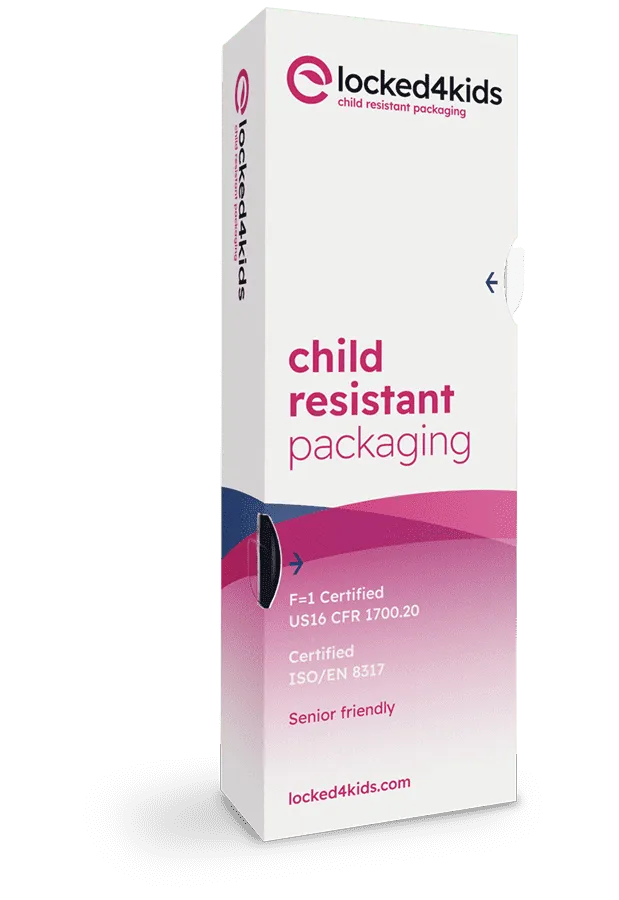We are living in a world where the environmental footprint of packaging is important more than ever. Luckily, molded pulp has emerged as a promising solution. Yet, understanding its full scope requires a balanced examination of its environmental impact, production processes, and the economic implications of switching to this material. Let us delve into an honest, broad analysis of molded pulp packaging.
Ορισμός συσκευασίας από χυτό πολτό
What is molded packaging? Molded pulp, also known as molded fiber, is a packaging material made primarily from recycled paperboard and newsprint. In short, it is designed through a process that involves hydrating fibers to a pulp, molding them into specific shapes, and then drying them. To be more precise, molded packaging involves the creation of a pulp slurry by combining recycled paper and water. This slurry is then shaped into various forms using techniques such as vacuum forming or pressure forming. Once molded, the pulp undergoes a drying process to produce sturdy, lightweight packaging that is both biodegradable and recyclable. This eco-friendly production method not only minimizes waste but also significantly reduces the environmental impact compared to conventional plastic packaging. The molded pulp material is often praised for being environmentally friendly since it is made from renewable resources and is biodegradable and recyclable. Learn more about the process.
Περιβαλλοντικές εκτιμήσεις
The production of molded pulp is praised for its low environmental impact, as it often uses recycled materials. Besides this, less water and energy are used compared to traditional plastic packaging production. It also generates fewer greenhouse gas emissions and results in products that can be recycled or composted after use. Thus, it contributes to a closed-loop cycle that benefits the environment.
However, it is not without environmental concerns. The production process for molding can consume lots of energy and pulp can lead to chemical emissions, contributing to air and water pollution. These emissions may include sulfur compounds and nitrogen oxides, which are harmful greenhouse gases (EPE Global).The industry also faces criticism for deforestation if virgin fiber is used, contributing to habitat loss and biodiversity decline.
The manufacturing process of molded pulp and its drawbacks
While the manufacturing of molded pulp packaging employs a straightforward process of mixing water with paper fibers, there are complexities involved. This includes the need for chemical pulping to remove the lignin and increase strength. A step that can cause pollution due to the release of chemical emissions. Moreover, the pulp and paper industry is a significant industrial source of pollution to air, water, and land resources. Another concern is the potential release of dioxins, particularly when chemical bleaching processes are used. Dioxins are highly toxic and pose risks to human health and the environment, contributing to the pollution footprint of the molded pulp industry.
Φυσικοί και σχεδιαστικοί περιορισμοί
From a physical standpoint, molded pulp packaging's sensitivity to moisture can be a drawback. Exposure to wet conditions can compromise its structural integrity, making it unsuitable for some products or environments. This can only be solved if they are treated with additional protective coatings, which can increase costs. Besides this, its design flexibility is limited compared to other materials like plastic, which can be more easily shaped into intricate designs. Customizing molded pulp packaging to achieve specific aesthetic goals or functional requirements may also result in higher production costs.
Οικονομικός αντίκτυπος και υιοθέτηση από την αγορά
The switch to molded pulp can entail higher upfront costs due to the investment in manufacturing equipment and the development of custom molds. For small-scale production, these costs can be prohibitive, impacting on the overall cost-effectiveness of the material. Market adoption also plays a significant role in determining the viability of molded pulp. Consumer preferences are shifting towards environmentally friendly options, yet hesitancy remains among some retailers and manufacturers. This is mainly due to concerns over cost, durability, and the need for supply chain adjustments.
Recycling and composting hurdles of molded pulp packaging
Despite its recyclability, the effectiveness of recycling molded pulp varies by location, depending on local recycling facilities' capabilities. For instance, in some regions, recycling programs may not be equipped to process molded pulp, leading to inconsistent recycling rates. Composting, although a potential end-of-life option, requires specific conditions and infrastructure. Something which may not be widely available, limiting the material's end-of-life benefits.
Μια ολιστική προοπτική
Looking at the broader picture, while molded pulp packaging is a step in the right direction for sustainability, it is not a perfect solution. Its advantages in sustainability must be weighed against the challenges in manufacturing, economic costs, design limitations, and end-of-life processing. Companies considering the transition to molded pulp must carefully consider these factors and how they align with their operational capabilities and sustainability goals. Exploring various packaging materials initially would also be beneficial, enabling us to determine which type best meets our needs.
Το μέλλον της συσκευασίας από χυτό χαρτοπολτό
Η καινοτομία στα υλικά και τις διαδικασίες κατασκευής μπορεί να αντιμετωπίσει ορισμένους από τους σημερινούς περιορισμούς της συσκευασίας από χυτευμένο χαρτοπολτό. Η συνεχιζόμενη έρευνα για εναλλακτικές πηγές ινών, πιο αποτελεσματικές τεχνικές παραγωγής και η πρόοδος στις υποδομές ανακύκλωσης και κομποστοποίησης θα μπορούσαν να ενισχύσουν την ελκυστικότητα του μορφοποιημένου χαρτοπολτού ως υλικού συσκευασίας.
As we strive for more sustainable packaging solutions, it is clear that molded pulp will continue to play a significant role. Yet its adoption must be part of a larger strategy that considers the full pros and cons. If you need advice on whether pulp packaging would be a suitable option for your project, feel free to contact us!
Ζητήστε ένα δωρεάν sample τώρα!






.webp)




